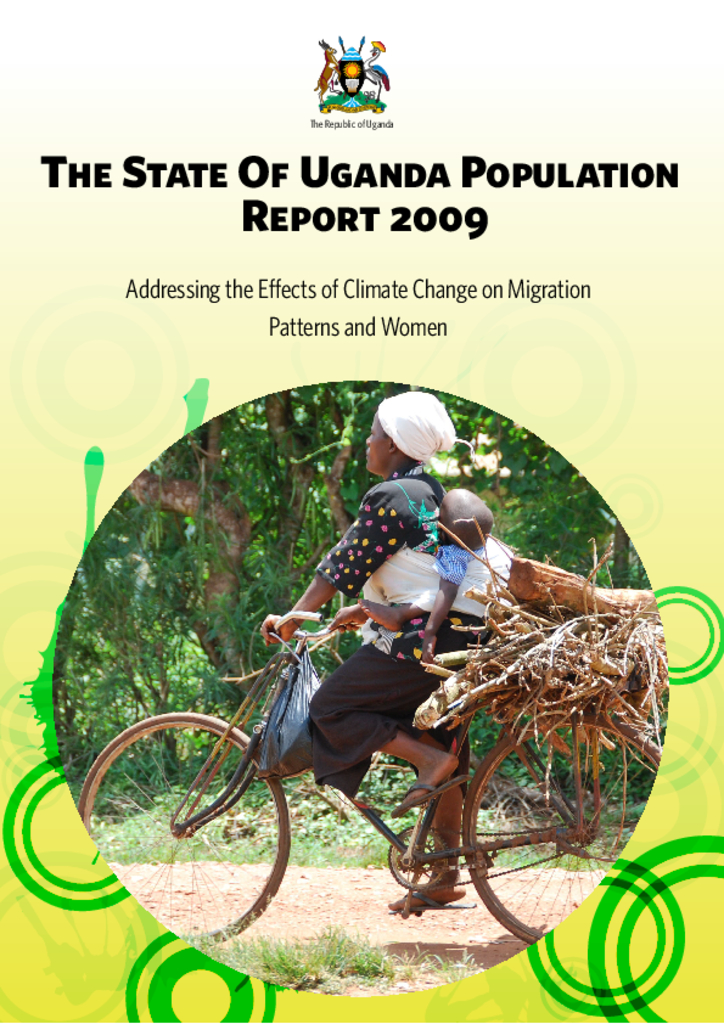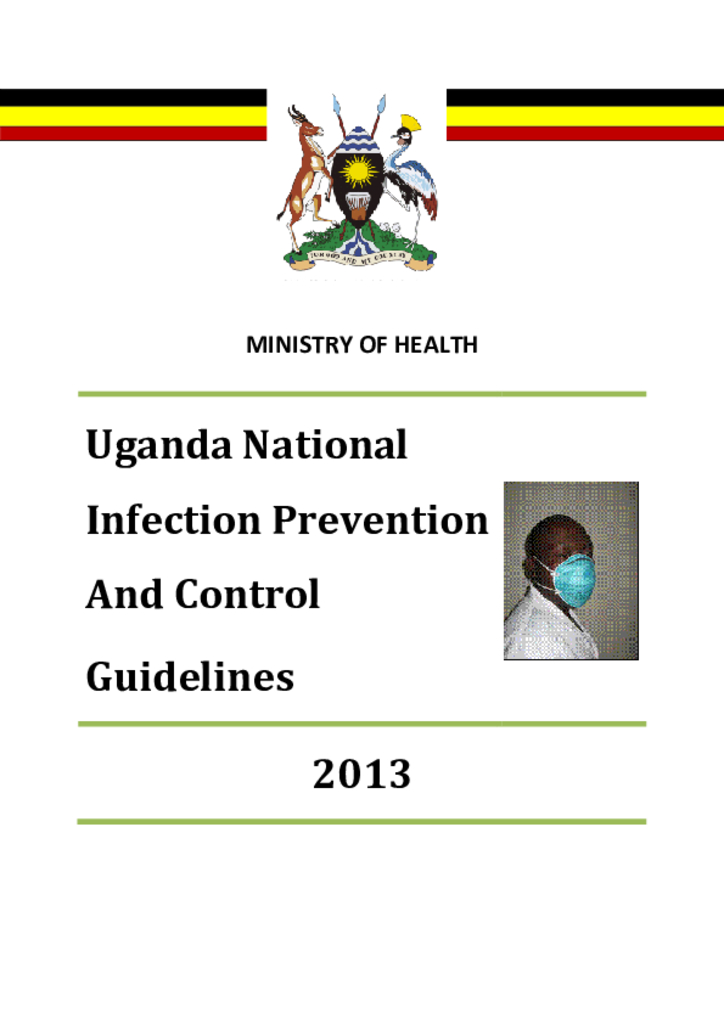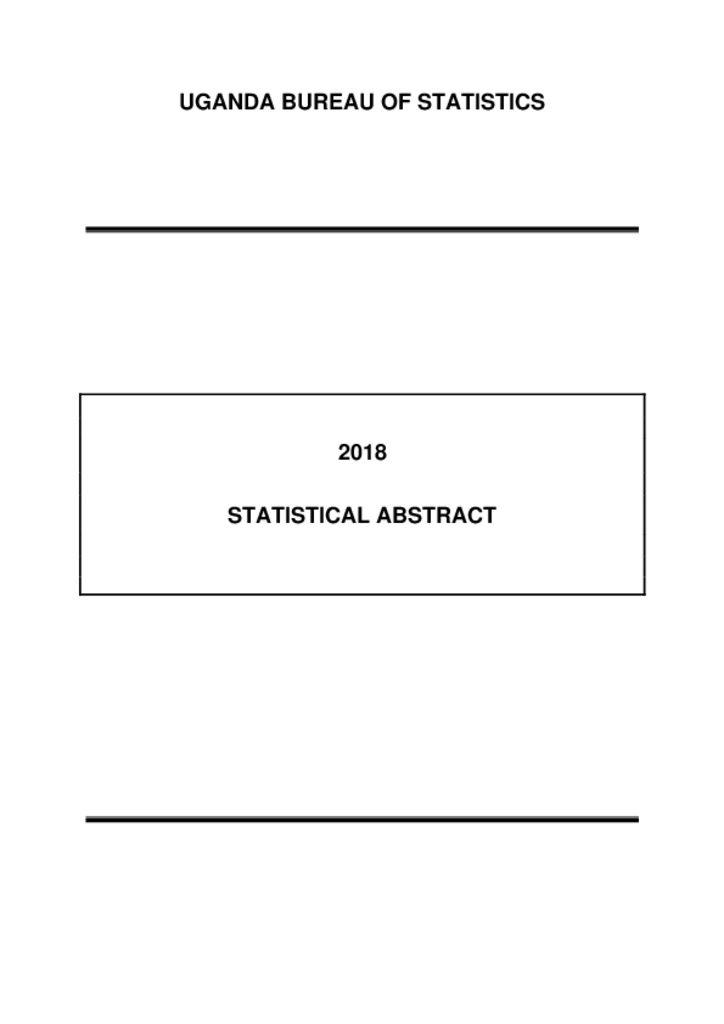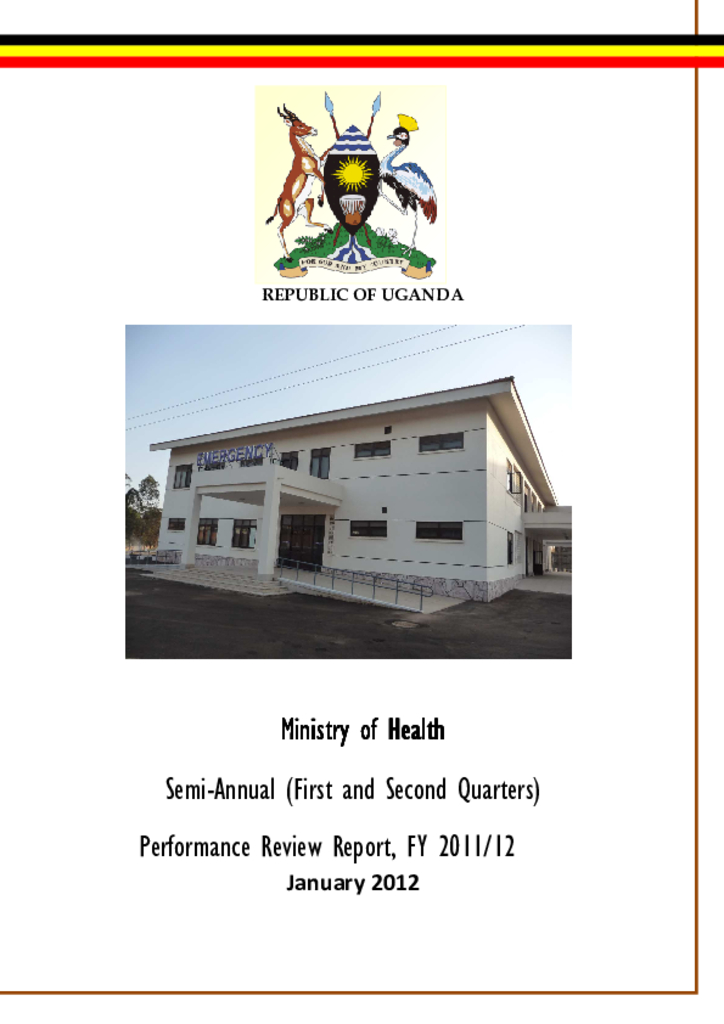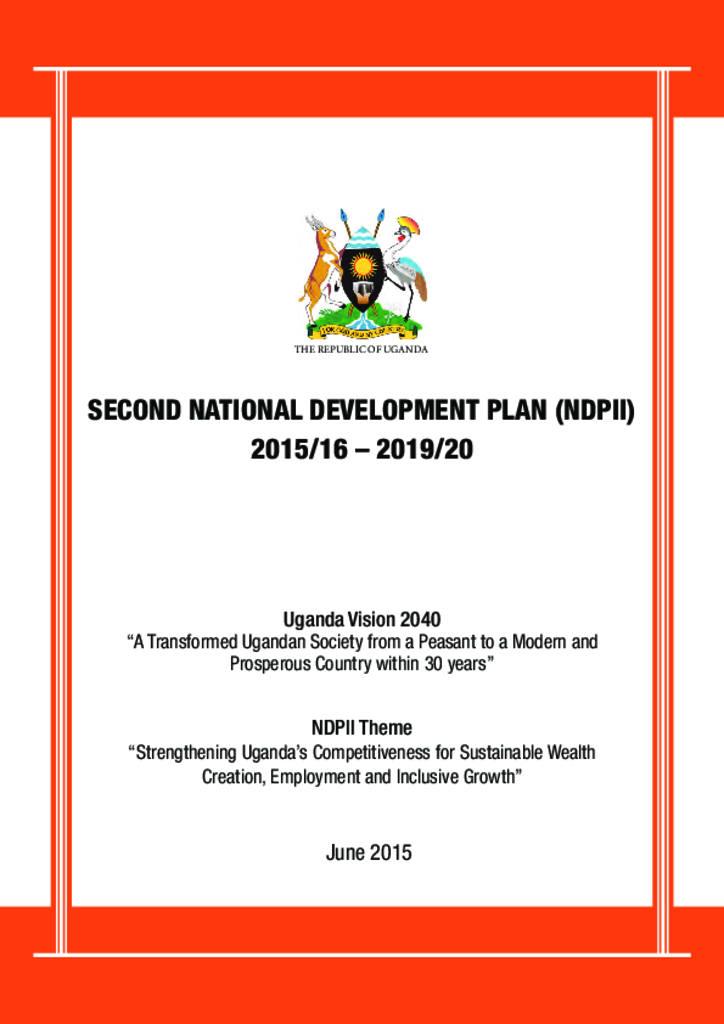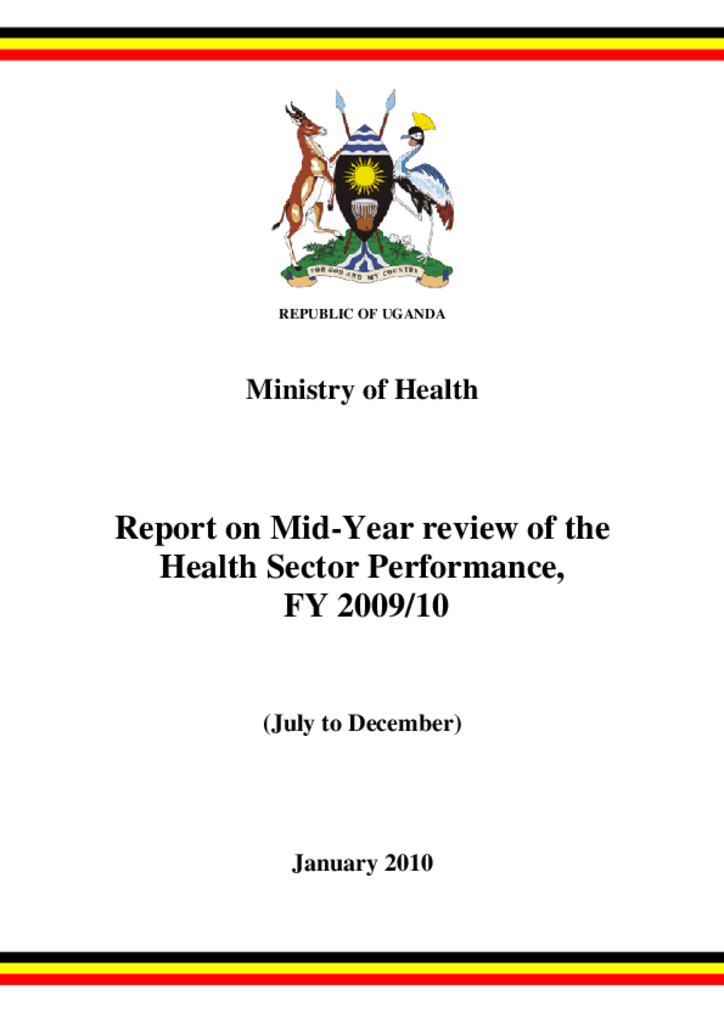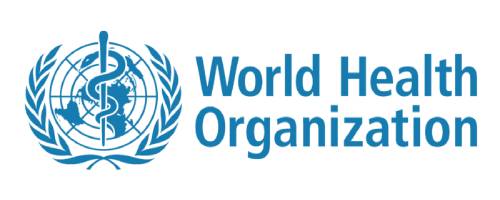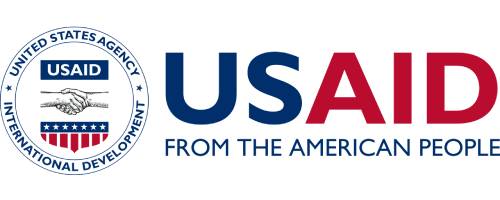This United Nations Development Assistance Framework for 2016-2020 is a result of a highly consultative process under the high-level modality for engagement between the Government of Uganda and the United Nations Country Team which deliberated and approved the Results Framework that underpins the UNDAF 2016-2020.
Uganda has been compiling the “State of Uganda Population Report” on an annual basis since 2000 through a joint effort by Population Secretariat, as the institution responsible for coordinating population policies and programmes; and United
The workshop to review the implementation of the Ministry of Health (MoH) work plan for the third and fourth quarters for 2018/19 financial year is scheduled to take place from 13th to 14th August 2019 at Hotel Africana in Kampala. The main objective of the workshop is to conduct a performance review of the Ministry of Health (MoH) Departments, Programmes, Councils and National Level Institutions against planned outputs and budget for the period under review. The review meeting shall also receive progress on the cross cutting actions from the previous performance review meeting (the first and second quarters for 2018/19 financial year).
This particular guideline is comprehensive and includes among others the National Infection Prevention and Control Guidelines (MOH, 2004) and the Infection Control: Policies and Procedures (MOH, 2005). IPC guidelines will be used alongside with these and the other technical guidelines such as (1) PEP for HIV, Hepatitis B and C (2) Injection safety and Healthcare waste management (3) Tuberculosis Infection Control (TB-IC) guidelines etc. It has been prepared to ensure Prevention and Control of infectious diseases at health facilities through safe practices. The same guidelines can be used to provide guidance on infection prevention at household level
The Statistical Abstract is an annual publication compiled by Uganda Bureau of Statistics, which provides the statistical summary on various socio-economic indicators for Uganda. Some figures in this edition may vary from those in the earlier editions due to the updates. Note that some of the CY 2017 and FY 2017/18 data presented in this edition are provisional and could be revised in subsequent publications.
Now these countries want to build on the many successes of the past 15 years, and go further. The new set of goals, the Sustainable Development Goals (SDGs), aims to end poverty and hunger by 2030. World leaders, recognizing the connection between people and planet, have set goals for the land, the oceans and the waterways. The world is also better connected now than it was in 2000, and is building a consensus about the future we want.
Uganda’s young population can be a valuable asset in driving the demographic dividend agenda. This will depend on the country’s ability to implement a development program that recognises the importance of population dynamics in development.3 In this regard, there is a need to deliberately change Uganda’s age structure to transform the population to have more workers than dependent by reducing birth rates and investing in the health, skill, education and employment of the youthful population. The shift in the age structure could be a driving force to achieve the socio-economic transformation envisaged in the second National Development Plan, the Vision 2040 and Sustainable Development Goals (SDG).
The review for the health sector performance for the first and second quarters (July to December 2011/12 Financial Year) was conducted from 6th to 8th January 2012 in a workshop held at Imperial Royal Hotel, Kampala
This National Development Plan (NDPII) is the second in a series of six five-year Plans aimed at achieving the Uganda Vision 2040. The goal of this Plan is to propel the country towards middle income status by 2020 through strengthening the country’s competitiveness for sustainable wealth creation, employment and inclusive growth.
These two events—the launch of the first United Nations agency dedicated to addressing population growth and the reproductive health needs of the world’s people, and the declaration of a global commitment to sexual and reproductive health and reproductive rights—have fundamentally shaped the lives of women and families, and the societies in which they live, in ways measurable and immeasurable, profound and trivial, permanent and fleeting.
In today’s world, gaps in wealth have grown shockingly wide. Billions of people linger at the bottom, denied their human rights and prospects for a better life. At the top, resources and privileges accrue at explosive rates, pushing the world ever further from the vision of equality embodied in the Universal Declaration of Human Rights.
The workshop to review the third quarter health sector performance was held from 12th to 13th April 2010 at Golf Course Hotel in Kampala. The general Objective of the workshop was to review the performance of the Ministry of Health departments/Institutions against third quarter 2009/10 work-plan (January to March 2010).

